- Home
- Raw Materials
- Foam
- Foam Sheets Strips Rolls
.....Read More
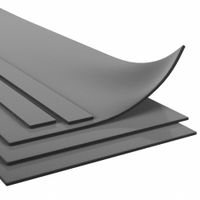
Buna-N Oil-Resistant Foam
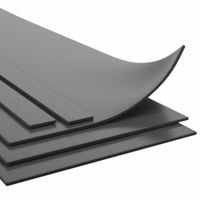
Buna-N & PVC Oil- & Chemical-Resistant Foam

ECH High-Temperature Chemical-Resistant Foam
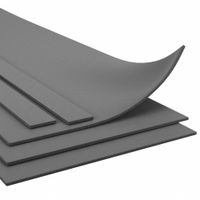
EPDM Weather-Resistant Foam
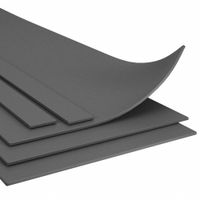
EVA Super-Cushioning Foam
Fluorosilicone Chemical-Resistant Foam
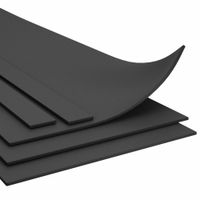
Natural Sponge Abrasion-Resistant Foam

Neoprene-EPDM-SBR Petroleum-, Chemical-, & Weather-Resistant Foam
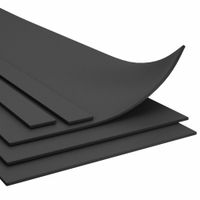
Neoprene Water-Resistant Foam

Polyethylene Cushioning Foam

Polyurethane Moisture-Resistant Cushioning Foam
Silicone High-Temperature Foam

Viton Chemical-Resistant Foam
Frequently Asked Questions
What are the different types of foam sheets, strips, and rolls used for?
How do I choose the right foam material for shock absorption?
What are the properties of Buna-N foam?
How does EPDM foam compare to other foams in terms of weather resistance?
What applications are suitable for EVA foam?
How does Neoprene foam perform in sealing applications?
What are the advantages of using Viton foam in high-temperature environments?